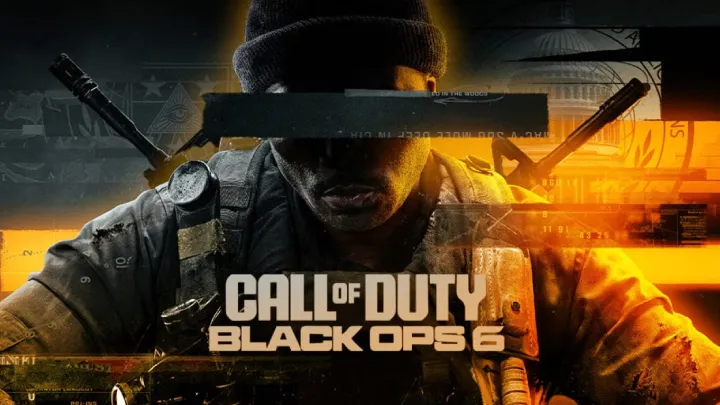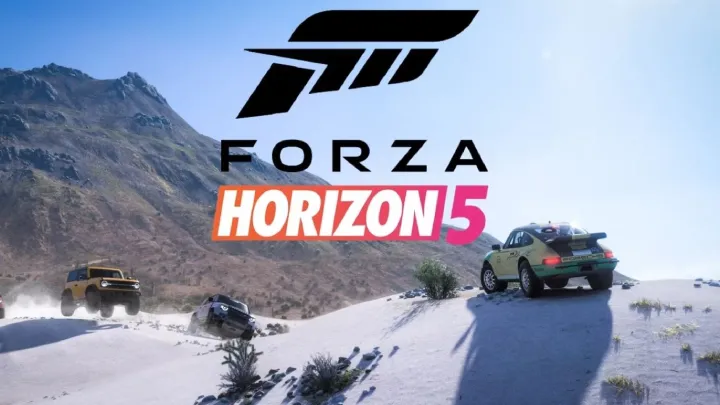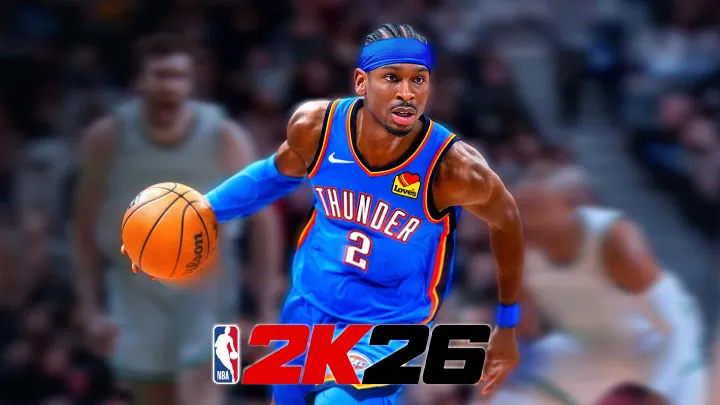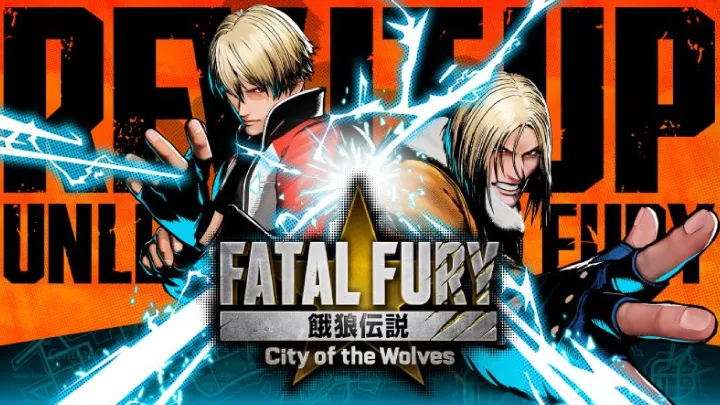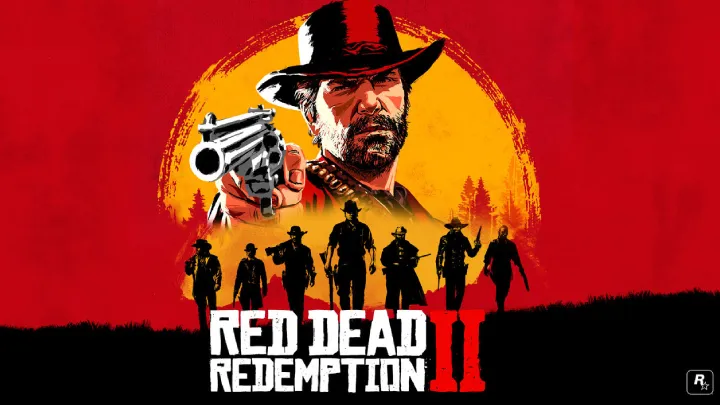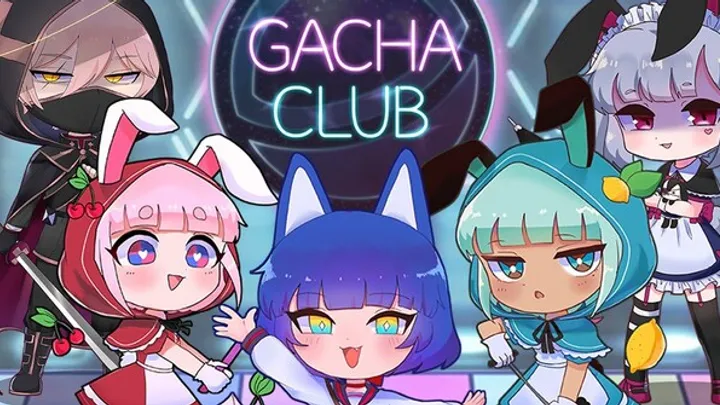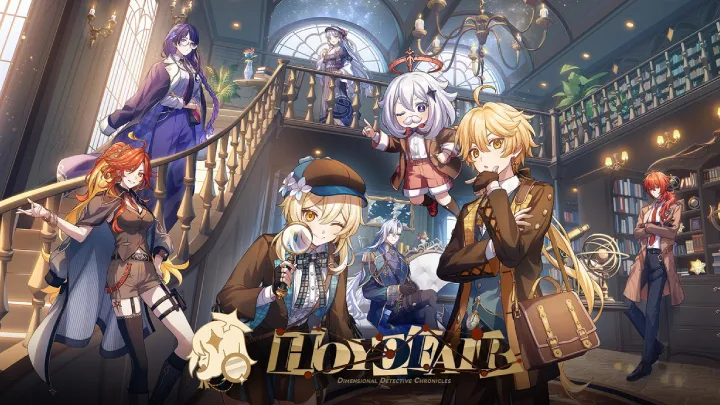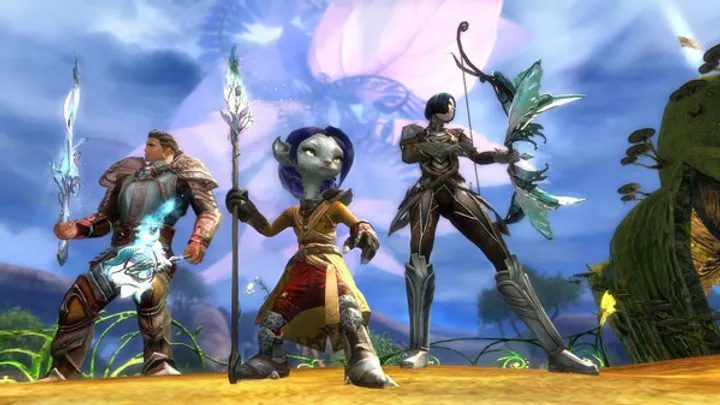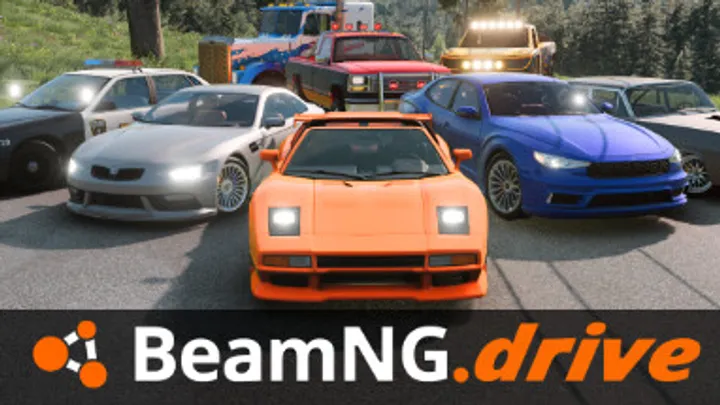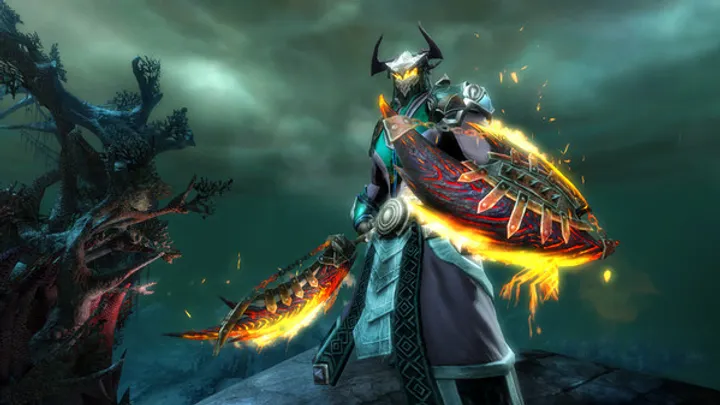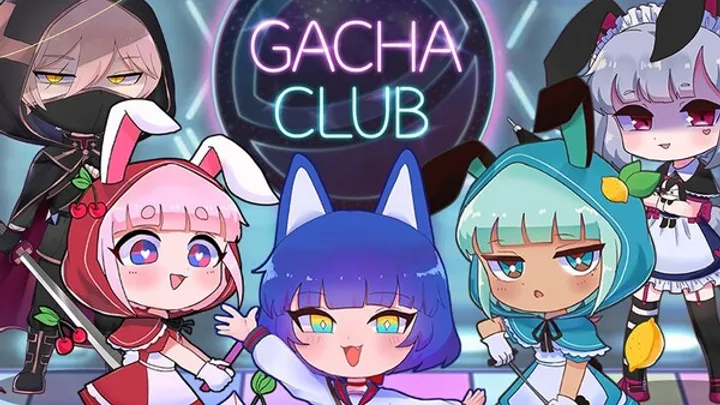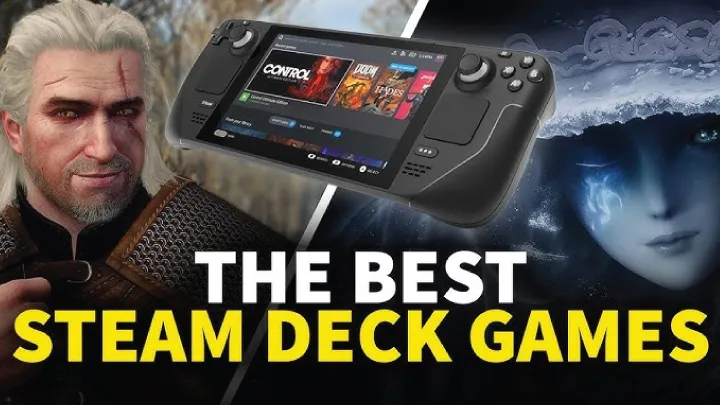Stumble Guys, developed by Kitka Games and later acquired by Scopely, has cemented itself as a massively popular multiplayer party knockout game. On the surface, it looks lighthearted, chaotic, and skill-based, but beneath the cheerful chaos lies a more contentious debate: the role of pay-to-win (P2W) mechanics. This article dissects how monetization has shaped the player experience, where it enhances engagement, and where it corrodes fairness. Through a detailed examination of features, player behaviors, and long-term consequences, we’ll see how Stumble Guys balances on the knife-edge between fun and frustration.
The Rise of Stumble Guys and Its Monetization Model
When Stumble Guys first launched in 2020, its success was fueled by being a mobile-friendly alternative to Fall Guys. The free-to-play model attracted millions quickly. Unlike premium competitors, its accessibility allowed it to grow rapidly in regions like Southeast Asia, Latin America, and India, where mobile gaming dominates.
However, monetization was always baked into the DNA of the game. Microtransactions, skins, emotes, and later, special offers, made revenue flow while giving players a sense of personalization. Yet, over time, monetization extended beyond cosmetics into gameplay advantages—raising questions about fairness and balance.
From Cosmetic to Competitive
Initially, most purchases were harmless cosmetics. But the introduction of paid progression mechanics (like Stumble Pass, token bundles, and limited-time wheel spins) blurred the line between fair competition and advantage-by-wallet.
Understanding Pay-to-Win in Stumble Guys
Pay-to-win is not always obvious. In Stumble Guys, it manifests subtly. While players cannot directly buy victories, purchases accelerate progression, unlock abilities faster, and grant access to items that indirectly increase odds of winning.
Key Mechanics That Create Pay-to-Win Dynamics
- Stumble Pass: Exclusive emotes and footsteps, some with competitive advantages like punching, grabbing, or sliding faster.
- Special Offers: Limited-time bundles often grant premium currency and faster unlocks for powerful emotes.
- Lucky Spins: Gacha-like mechanics where paying increases chances of rare emotes and skins that influence gameplay.
The Subtle Advantage of Emotes
Unlike purely cosmetic items, certain emotes (like Punch or Kick) have gameplay utility. A well-timed punch near an obstacle can eliminate rivals, creating an uneven playing field where spenders have tools non-payers cannot access.
The Competitive Advantage of Paywalled Emotes
The biggest controversy revolves around power emotes. While marketed as fun extras, they function as tools to disrupt opponents. For example:
- Punch Emote: Knocks back rivals, useful in narrow pathways or near map edges.
- Kick Emote: Stronger knockback, often decisive in finals.
- Slide Emote: Adds speed boosts, helpful in races.
Players without these emotes are at a disadvantage in high-level play, especially tournaments or competitive lobbies. What looks like a quirky feature effectively becomes a P2W mechanic.
Case Study: Tournament Play
In official or community tournaments, the presence of power emotes often skews outcomes. Skill still matters, but having access to disruptive emotes introduces variables unrelated to raw gameplay ability.
Player Reactions and Community Backlash
The community has been vocal about these issues. Forums, Reddit threads, and Discord servers often debate whether Stumble Guys has crossed into unfair territory. Casual players shrug it off as part of the chaos, while competitive players argue it undermines the integrity of matches.
Common Complaints
- “I lost in finals because a paid emote knocked me out.”
- “The game favors whales who spend hundreds on spins.”
- “Without the Stumble Pass, progression feels too slow.”
The Divide Between Casual and Competitive
Casual players often embrace chaos and don’t mind the randomness of losing. Competitive players, however, view paywalled emotes as a betrayal of skill-based design. This divide complicates how developers respond to criticism.
The Psychological Traps of Monetization
Beyond mechanics, Stumble Guys employs psychological strategies common in mobile gaming. These influence both paying and non-paying players.
FOMO (Fear of Missing Out)
Limited-time skins and emotes create urgency. Players fear missing out on exclusive items, leading to impulsive spending.
Progression Friction
Non-paying players face slower progression, nudging them toward spending to keep up. This friction is deliberate, designed to make free play feel incomplete without premium options.
The Gacha Cycle
Lucky Wheels and spins mimic gambling. Players are encouraged to spend just a little more to chase rare items, creating an addictive cycle.
Impact on Skill Development
In theory, Stumble Guys should reward timing, reflexes, and map knowledge. But P2W mechanics distort this balance.
Shortcuts to Success
Instead of practicing maps or honing skills, players can bypass effort by purchasing emotes that tilt odds in their favor. This diminishes the incentive to genuinely improve.
The Decline of Pure Skill Expression
When players lose due to an emote rather than a mistake, frustration rises. Over time, this can lead to burnout, especially among players seeking competitive integrity.
Economic Impact: Whales, Dolphins, and Minnows
Free-to-play games rely on player segmentation. Stumble Guys is no exception. The economy is shaped by different spending behaviors.
Player Segments
- Whales: Heavy spenders who buy every Stumble Pass, bundle, and spin. They subsidize free players.
- Dolphins: Moderate spenders who purchase occasionally, often for Stumble Passes.
- Minnows: Free players who rarely spend but make up the bulk of the player base.
The Dependency on Whales
Stumble Guys’ reliance on whales encourages the introduction of more powerful paid items. This creates a feedback loop where gameplay fairness is sacrificed for revenue.
The Developer’s Dilemma
Kitka Games and Scopely face a tough balance: maintain revenue without alienating the community. The challenge lies in satisfying casual fun-seekers while preserving a fair competitive environment.
Why Developers Lean Into P2W
Revenue from whales funds updates, new maps, and servers. Without monetization, the game cannot sustain its global player base. However, excessive P2W risks long-term damage to reputation.
Attempts at Mitigation
Occasionally, developers release free emotes or balance patches to appease complaints. But these are often seen as token gestures compared to the advantages locked behind payment.
Comparisons to Other Games
To understand Stumble Guys’ P2W controversy, it helps to compare it with similar titles.
Fall Guys
Fall Guys, though premium, avoids P2W by restricting monetization to cosmetics. Competitive integrity is preserved, but accessibility is lower due to upfront cost.
Other Mobile Games
Games like Brawl Stars or Clash Royale also grapple with P2W accusations. Stumble Guys falls closer to Clash Royale’s model, where spending accelerates competitive progression.
The Future of Stumble Guys’ Monetization
The future hinges on how developers evolve monetization without destroying player trust.
Possible Paths Forward
- Cosmetic-Only Approach: Restrict monetization to non-competitive items, preserving fairness.
- Balanced Emote Unlocks: Offer gameplay emotes through grinding as well as purchase.
- Community-Driven Modes: Introduce casual modes where emotes are disabled, preserving skill-based competition.
Long-Term Sustainability
If P2W expands unchecked, competitive communities may abandon the game. To survive, Stumble Guys must carefully calibrate fairness versus revenue.
Conclusion: The Tightrope Between Fun and Fairness
Stumble Guys thrives on chaos, humor, and accessibility. But as P2W mechanics seep deeper into its core, questions of fairness loom larger. While casual players may tolerate the imbalance, competitive players feel increasingly alienated. Developers face the classic free-to-play paradox: extract revenue without eroding trust.
Ultimately, Stumble Guys’ future depends on whether it doubles down on monetization or pivots toward fairness. The community’s patience is not infinite, and the balance between fun and profit will decide its legacy in the crowded world of multiplayer gaming.


